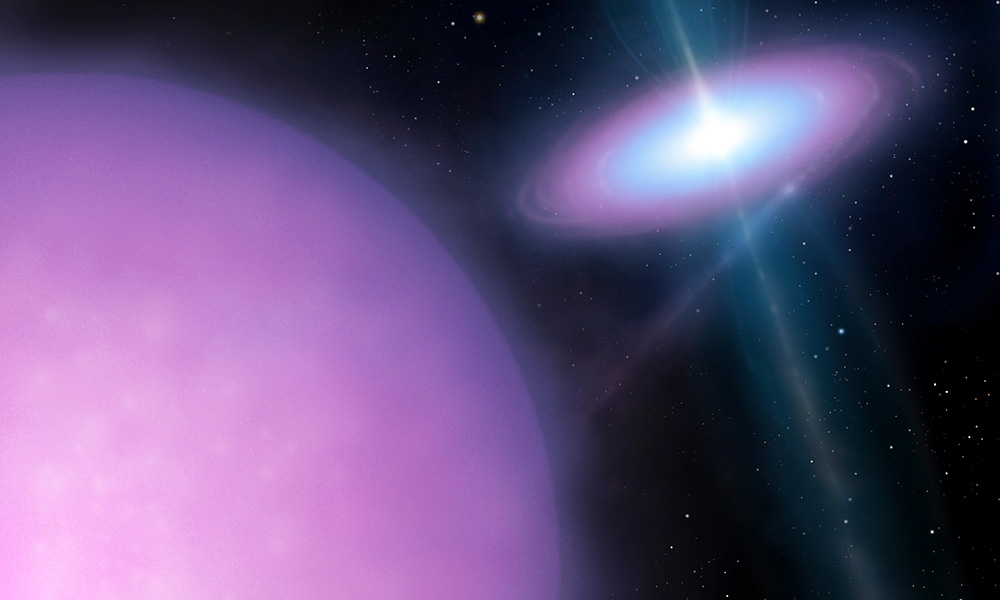
Researchers detect high-energy radiation from ‘weird’ star system
Rochester researchers are part of an international collaboration of scientists that has, for the first time, detected extremely high-energy gamma rays from one of the most powerful star systems in the Milky Way.

CEE receives $1 million grant for campus solar project
The solar and energy storage system, to be built on the roof of the Goergen Athletic Center, will offset energy needs of a new office building south of Hutchison Hall.

Data Science Consortium gives member companies a data edge
Since its inception in 2017, the consortium has expanded the number of member companies and created a pool of skilled data science students to assist companies on short notice.
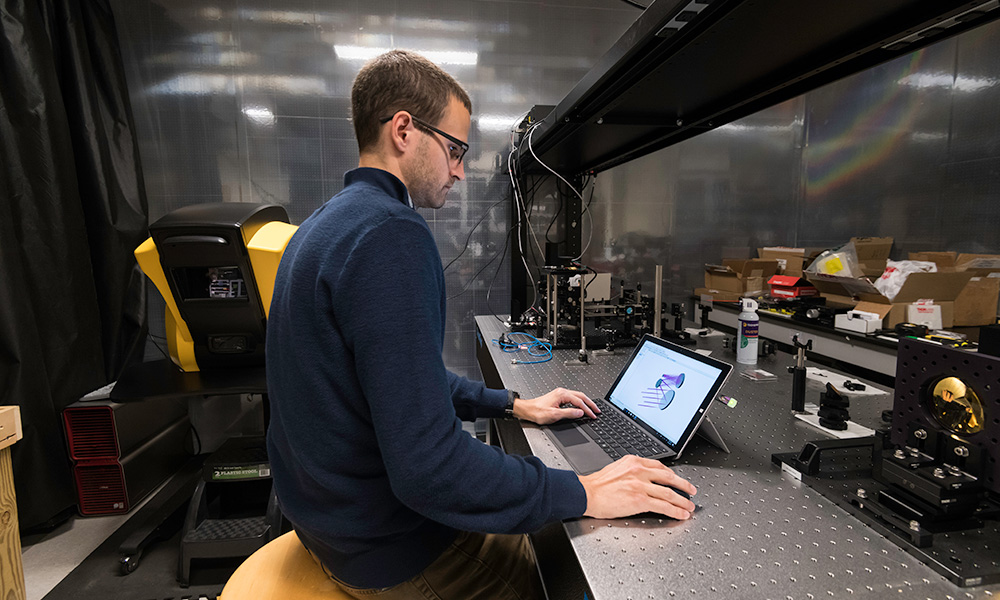
Collaborative ‘back and forth’ drives progress on freeform optics
With a second five years of funding from the National Science Foundation, the Center for Freeform Optics is a collaboration working to develop devices that are lighter, more compact, and more effective than ever before.
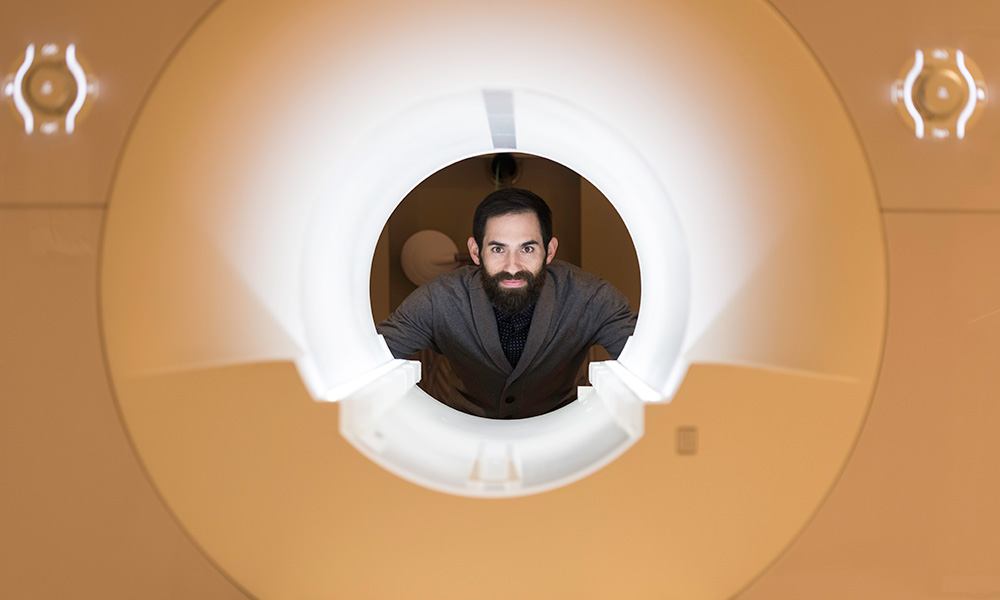
Peering into what goes awry in schizophrenia
What cognitive processes contribute to how we function in a social world, and where do those processes break down? David Dodell-Feder—a new assistant professor of psychology—brings brain imaging, neuroscience, and even music and literature to bear in his research on the science of social connection.
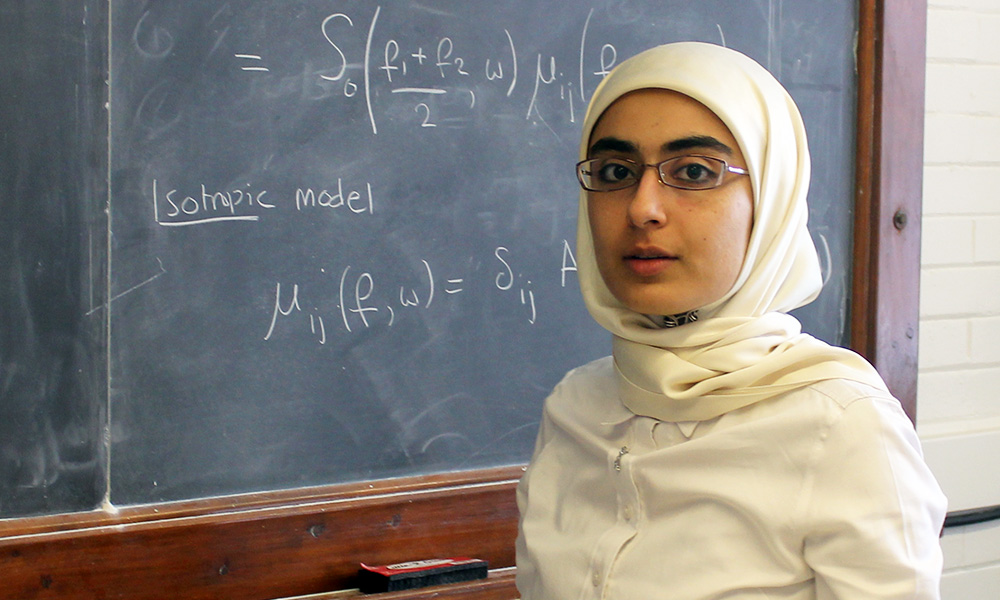
Physicist wins award to support ‘re-entry’ of women scientists
It is an issue for women in all academic fields, but especially in STEM fields. After two difficult pregnancies interrupted her career studying quantum optics, a fellowship is helping Asma Al-Qasimi get back to the lab.
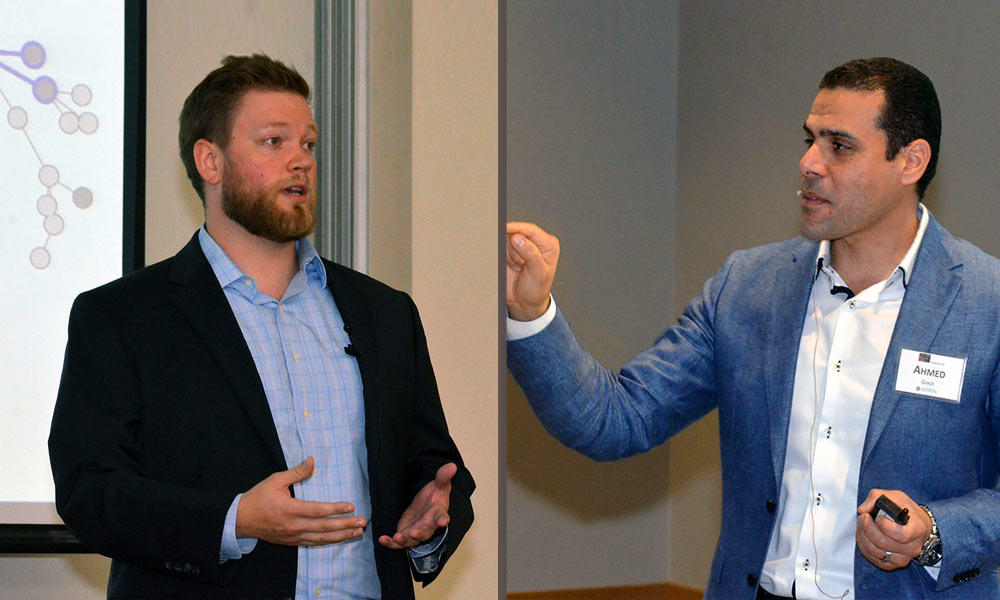
Short and sweet: research told briefly and to the point takes the prize
Competitions are helping early career scientists hone their ability to communicate their research in short, compelling, and easily understood presentations.
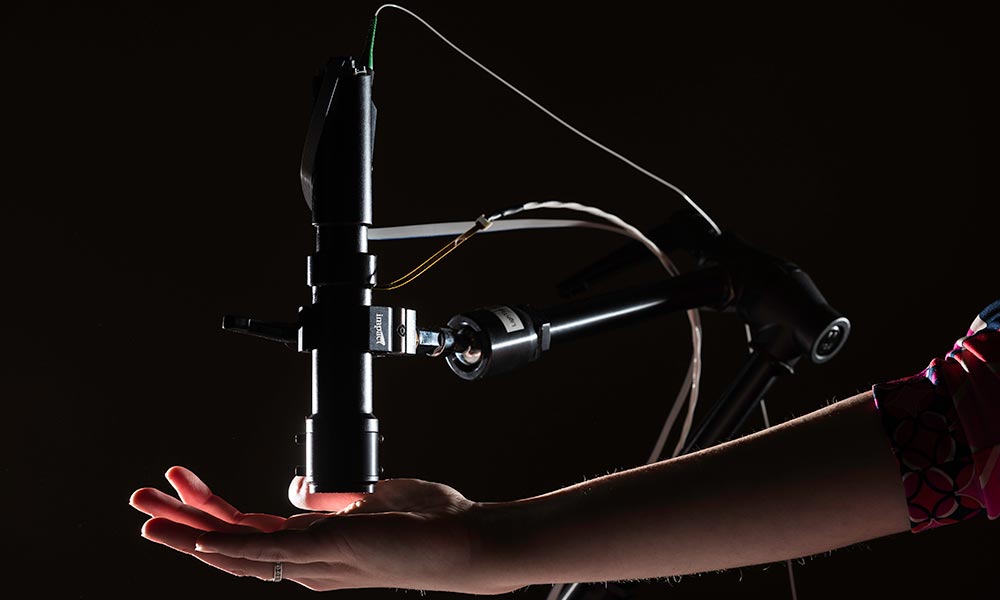
Center of Excellence funds local businesses improving health care
Four grants from the Center of Excellence (CoE) in Data Science are helping companies translate the cutting-edge science of University researchers into improved health care, while also benefiting the region’s economy.
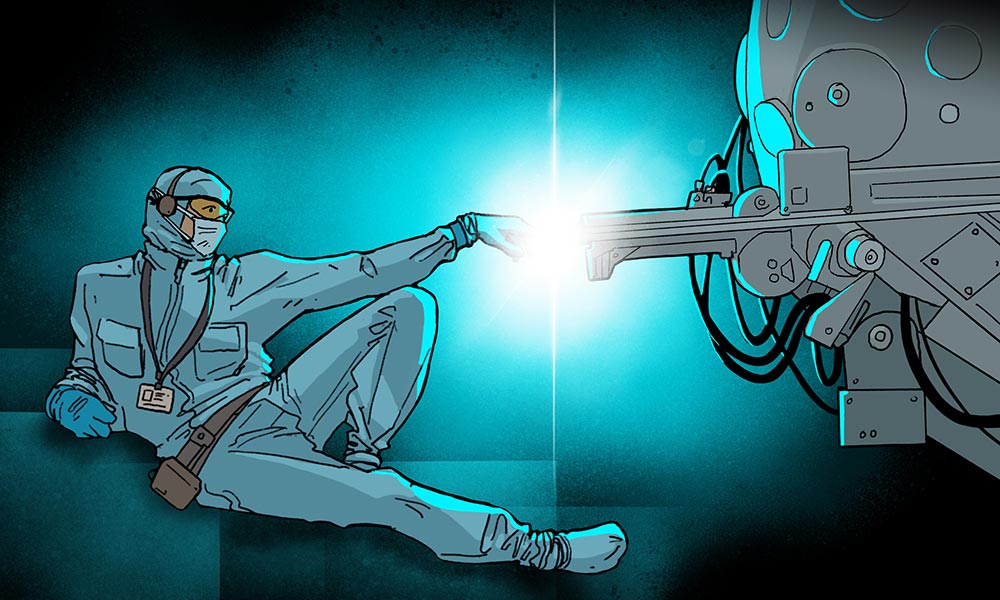
What is fusion, and why is it so difficult to create?
“All the stars, including the sun, are powered by fusion. We are here because of fusion. But fusion is really hard to create,” says E. Michael Campbell, director of the Laboratory for Laser Energetics.
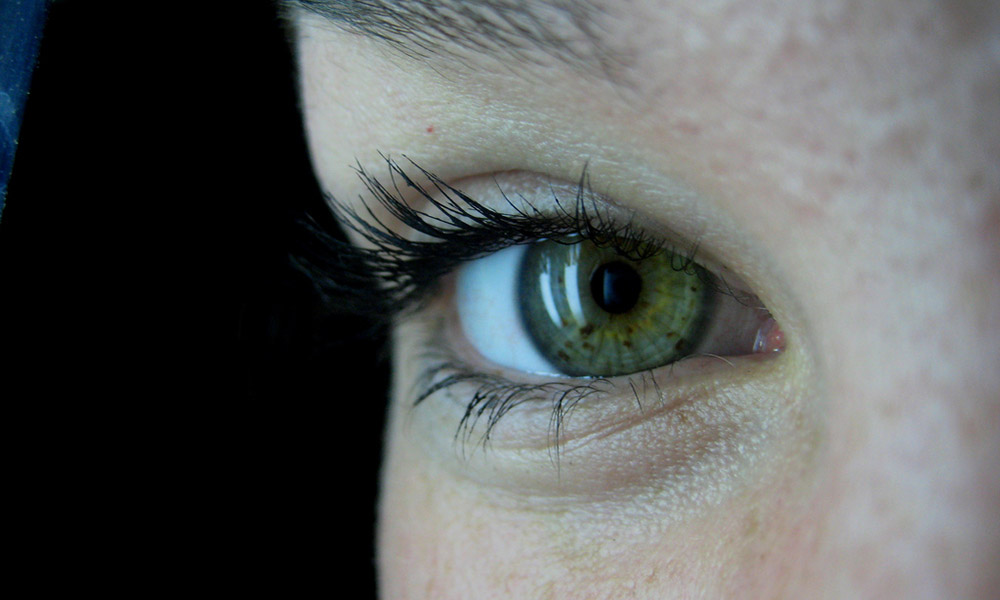
Chirped-pulse amplification: 5 applications for a Nobel Prize–winning invention
Every time you pick up your smartphone, you are holding a product made possible by a Nobel Prize–winning technology developed at the University of Rochester.
